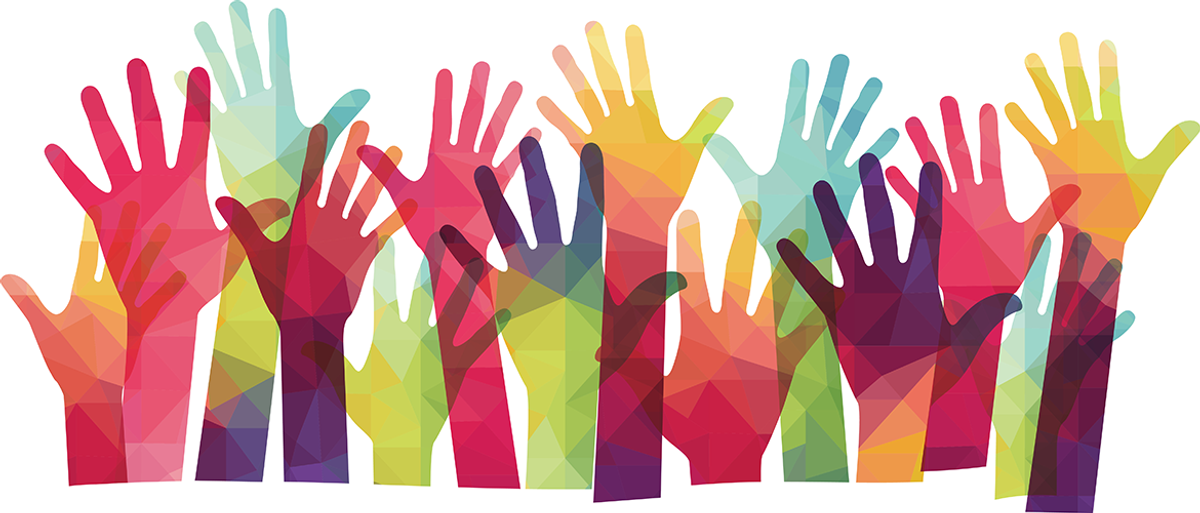Our Learning Story
Wominjeka from Libby (Assistant Principal - Teaching & Learning)

Our Learning Story
Wominjeka from Libby (Assistant Principal - Teaching & Learning)
Wollert's teaching and learning programs firmly centre around 21st-century learning skills: Communication, Collaboration, Critical Thinking and Creativity. Developing learning routines has been at the fore throughout semester one, with students engaging in organisational and learning routines.
A strong sense of communal and personal responsibility has been developed throughout our learning communities, with students taking ownership of their learning environment. Walls display evidence of learning, and spaces are equipped with resources for students to source when required to support understanding independently.
Our Learning Communities are flexible, with opportunities to work communally and close off for group or whole-class teaching. Various seating arrangements are available for students to access, e.g. stools, ottomans, chairs and lap tables. Outdoor spaces are also suitable for learning, with many students working outdoors and connecting their learning to the environment.


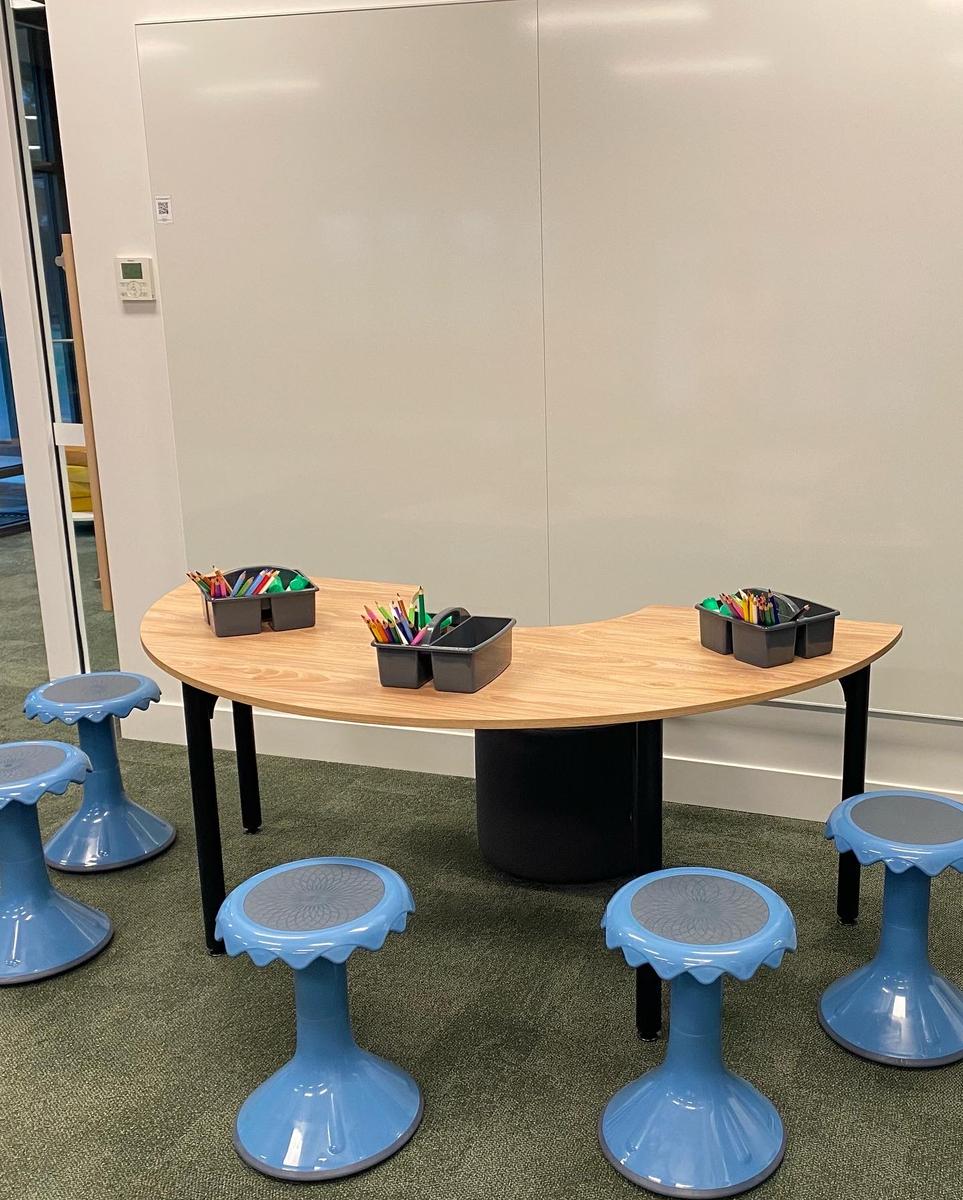
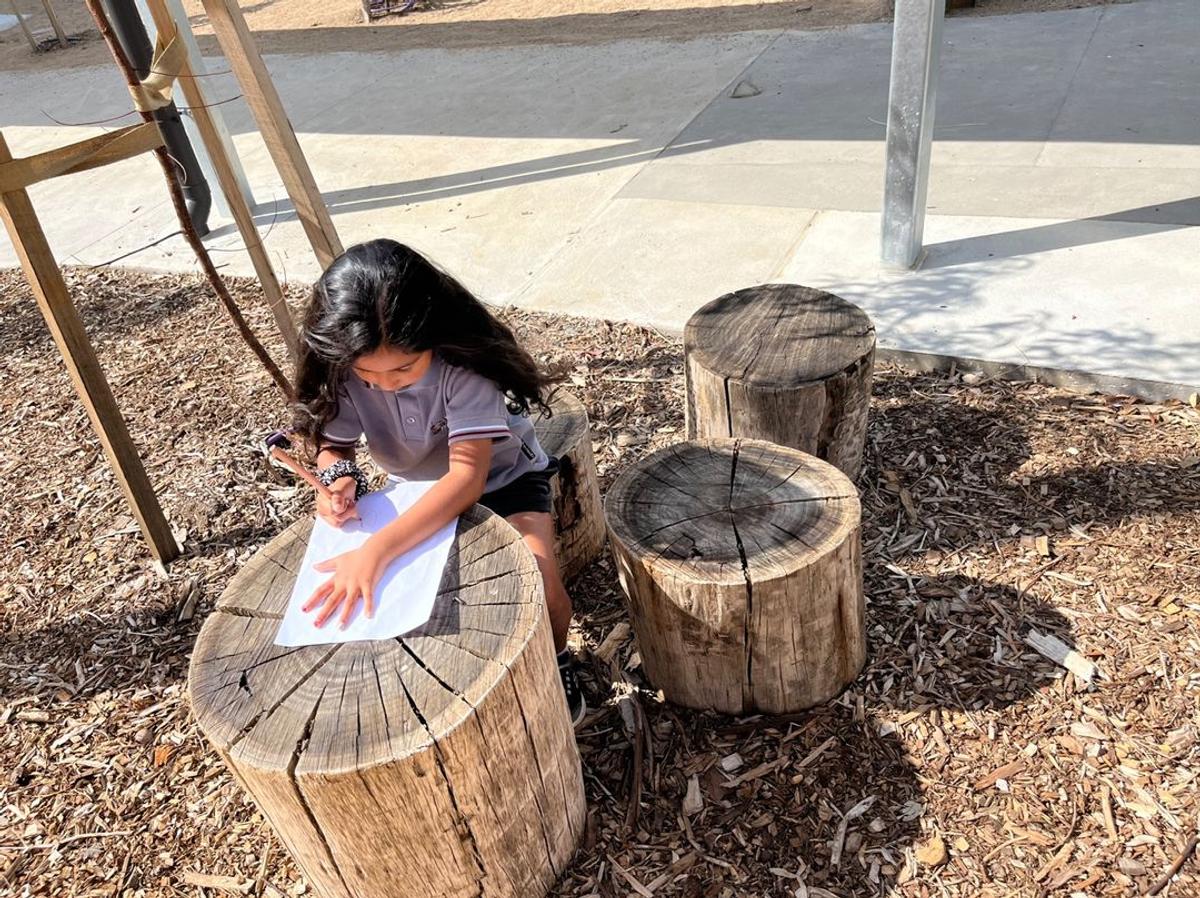
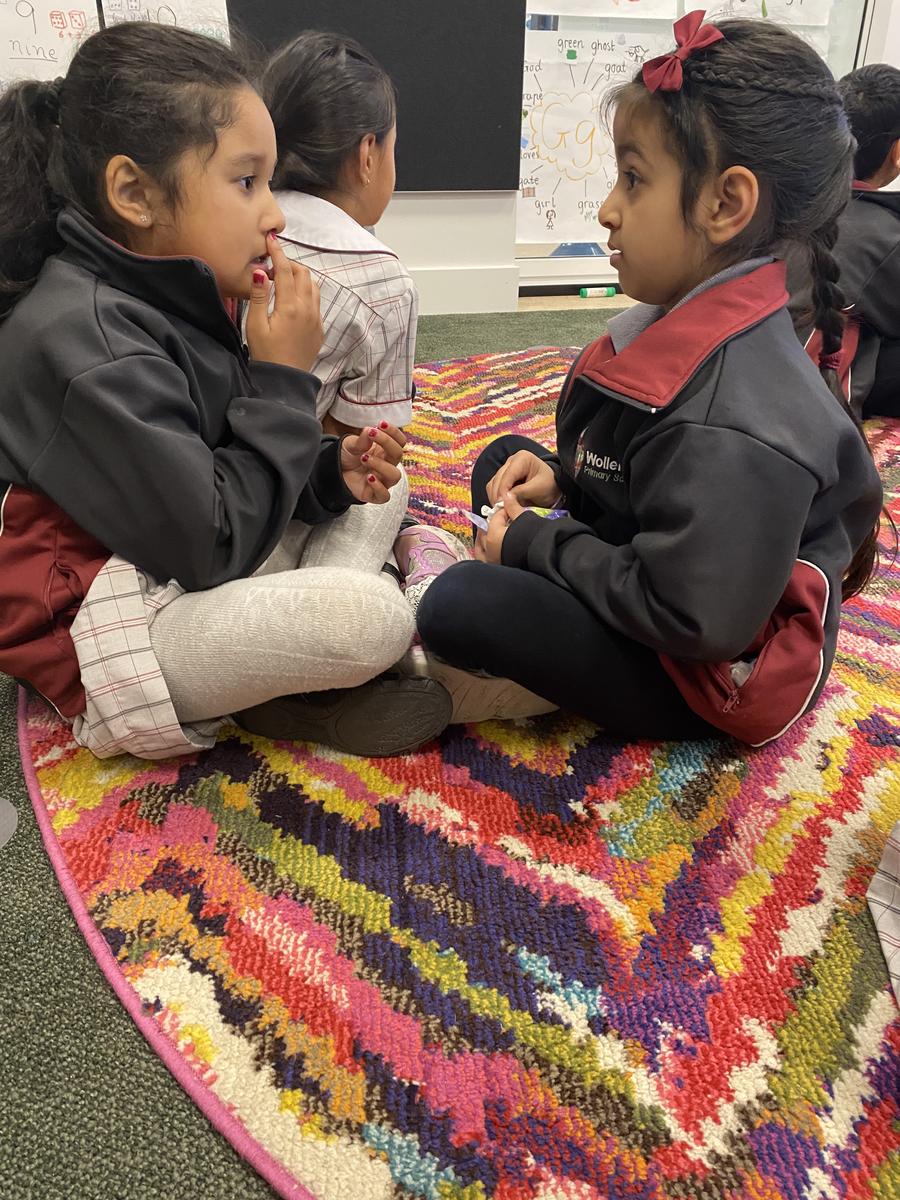





Literacy Learning
Literacy refers to our Reading, Writing, Spelling, Word Study and Oral Language learning focus. Our Literacy approach aligns with our knowledge of how the brain functions, embedding strategies that draw on the understanding that every child learns differently. Literacy sessions occur daily, which involve whole-class instruction, targeted small group explicit instruction focused on student needs, and collaborative and independent experiences.
Wollert follows the Victorian Curriculum to guide teaching and learning programs and the English as an Additional Language (EAL) Pathways program. This program supports our students who are learning English as their second language. You can expect to see some information videos towards the end of the term, explaining this in greater depth.
Numeracy Learning
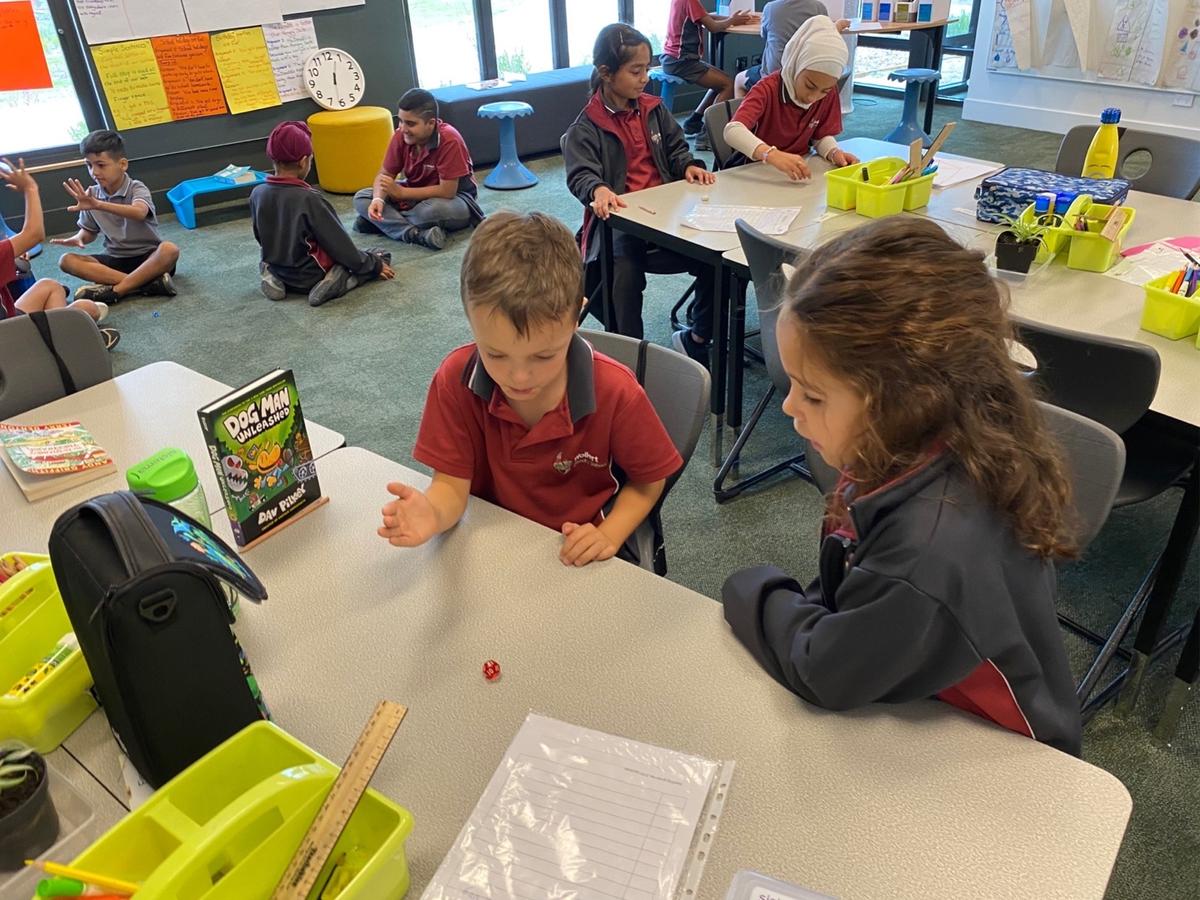
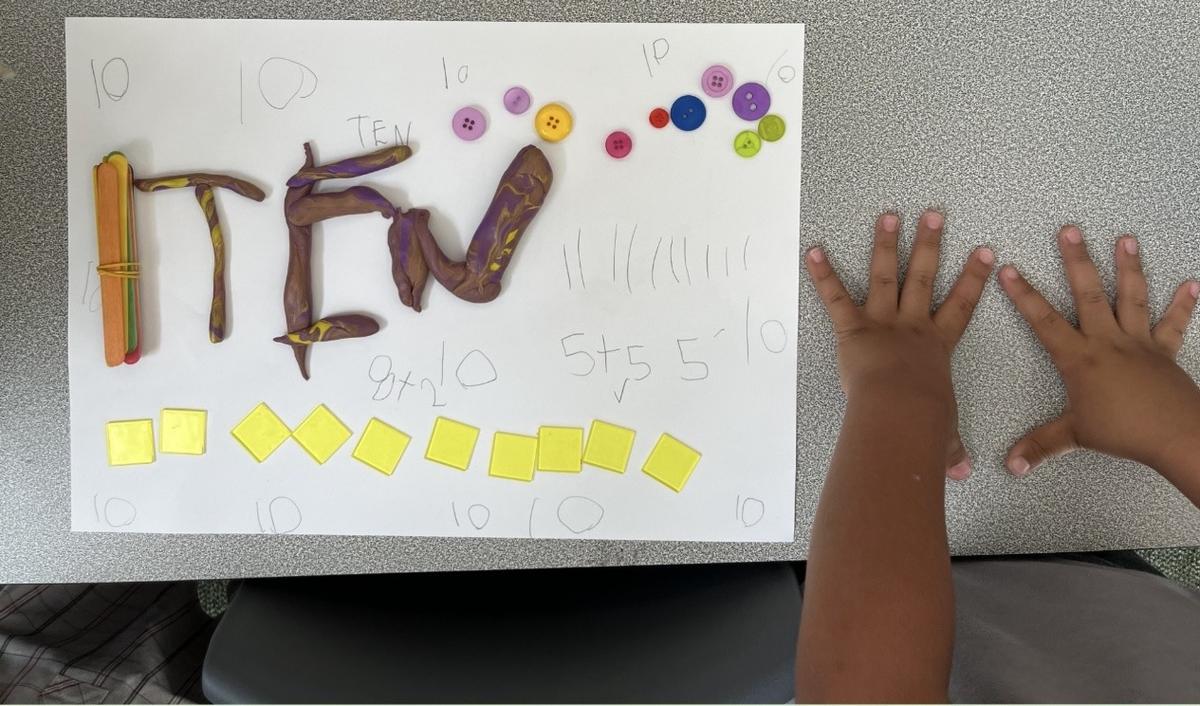


Daily Numeracy sessions aim to develop deep number sense and automaticity in recalling number sequences and number facts. This skill level supports the ability to approach problem-solving and mathematical investigations with confidence. Hands-on materials and authentic 'real-life' experiences help the understanding of mathematical concepts; therefore, children will have access to various tools and resources when working mathematically.
Learning to 'think' is embedded in our numeracy program, with students being prompted to provide more than just an answer. We teach our students to provide reasoning, consider alternatives and explain their thinking when solving problems.
Learning Production Behaviours
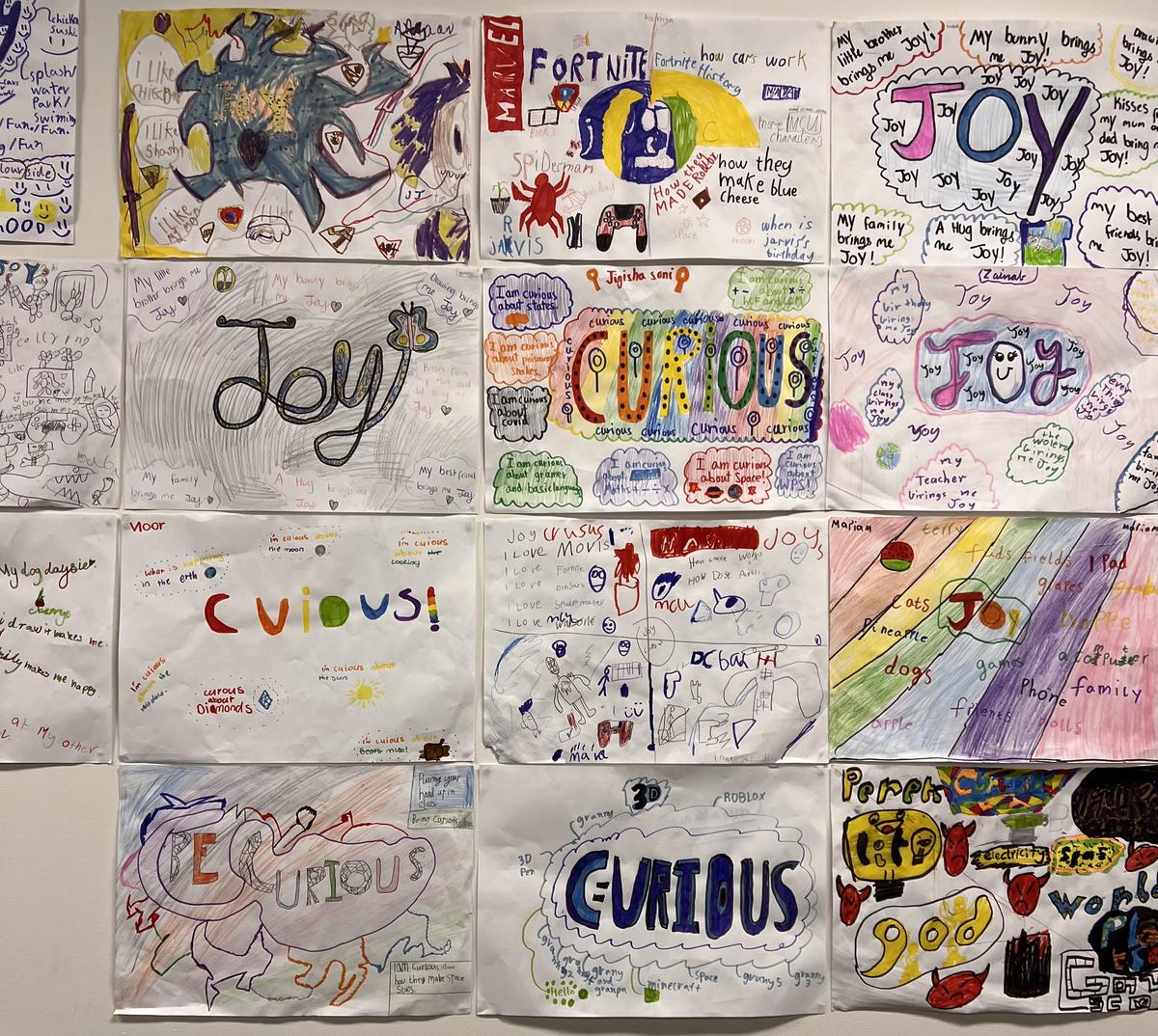
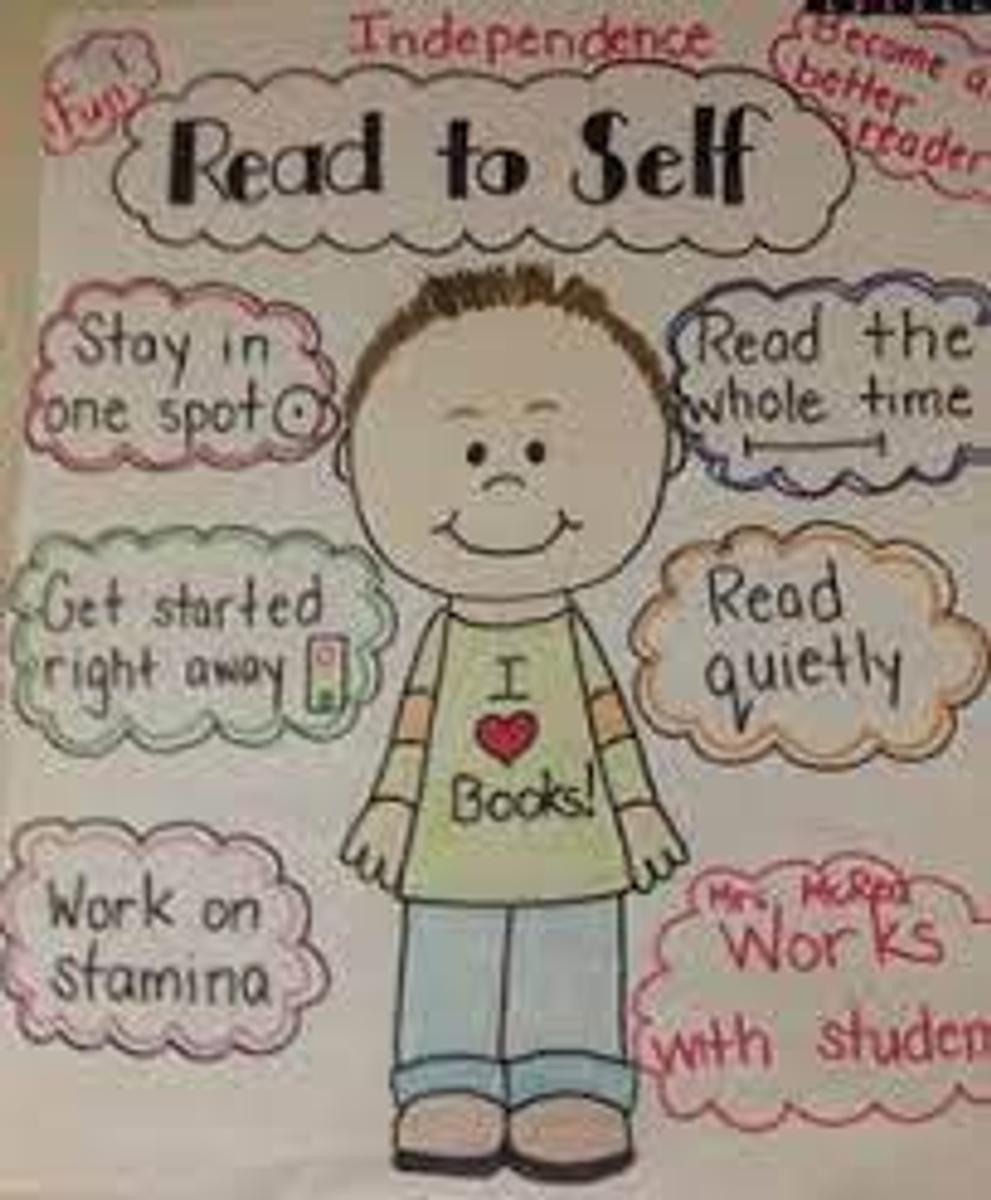
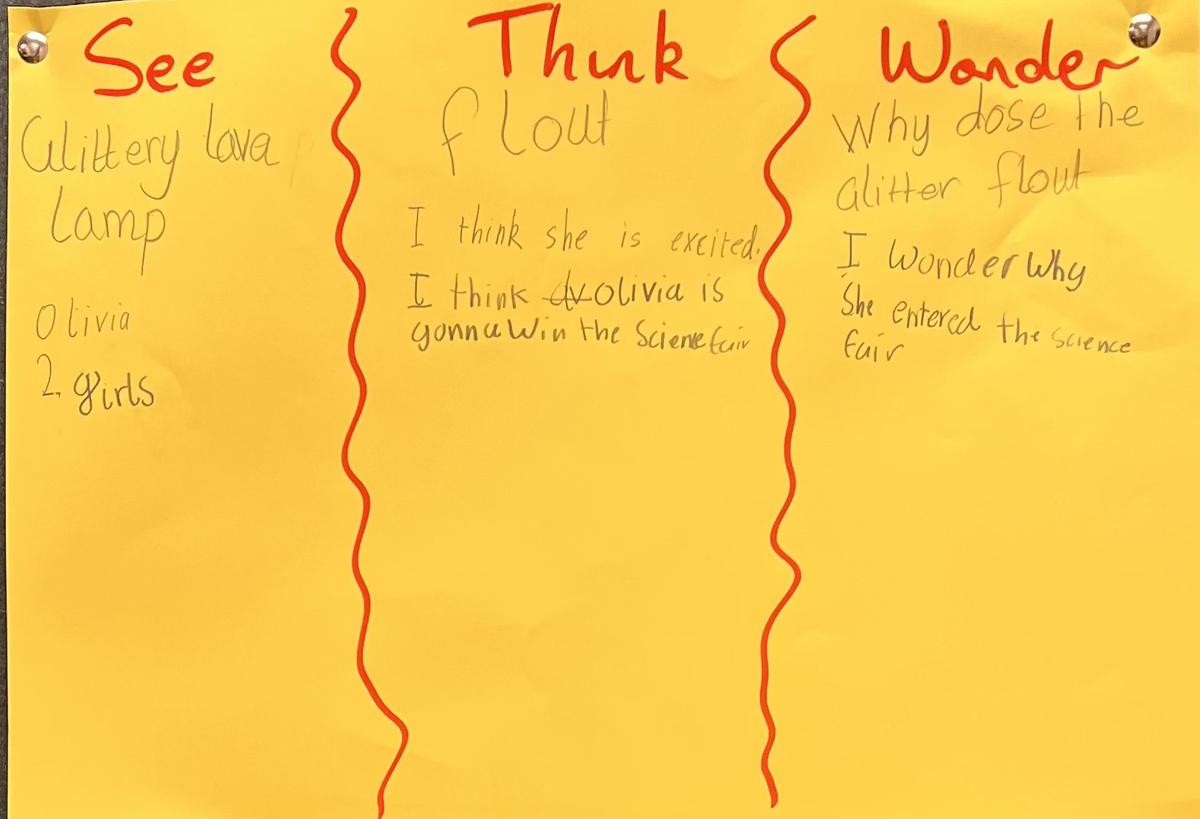



Learning behaviours are actions that allow students to access learning. The goal of explicitly teaching learning behaviours is for students to learn the most essential skill; learning how to learn. Learning behaviours are defined by what actions students take to reach the desired outcomes.
This semester, we have taught students to use their environment to support their learning. Resources for all types of learning, including counting frames, calculators, counters, number charts, word charts, anchor charts etc., are all accessible for students to use when working independently. Part of their learning has been to develop their ability to not rely solely on the homeroom teacher and find ways to solve problems independently.
This term, we are also continuing to develop our students as 'thinkers'. We know that learning is a consequence of thinking; therefore, engaging our students in routines that promote thinking has been vital in developing our learners. Students have been exposed to simple thinking routines when working across all subject areas, e.g. using a 'See, Think, Wonder' during a reading session to elicit thinking about the human body.
We promote curiosity in learning by always asking our students to remain curious by questioning and making connections to what they are learning. There is no greater joy to us when our students connect what they are learning to an authentic application or another subject area.
Parent Learning
'Our Learning Story' page on our newsletter will be a constantly evolving space that aims to inform, inspire and educate you about the 'Wollert Way' of learning.
'In a school year, a child spends 7800 hours at home and 900 hours at school' - Jim Trelease
Each month will focus on a specific area to provoke your thinking and provide you with ways in which you can engage your child in home learning. After all, it takes a community to raise a child.
